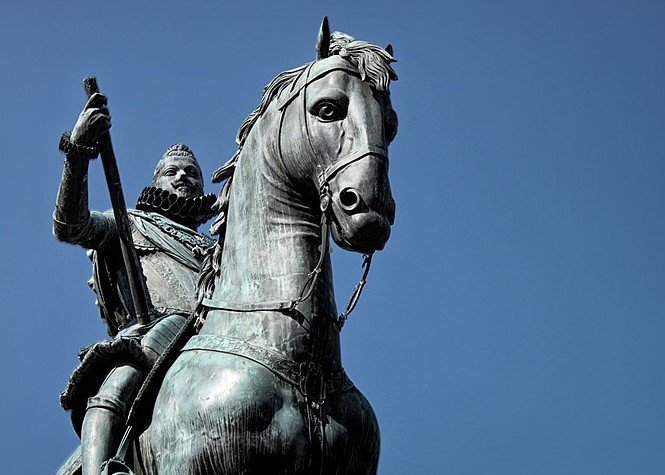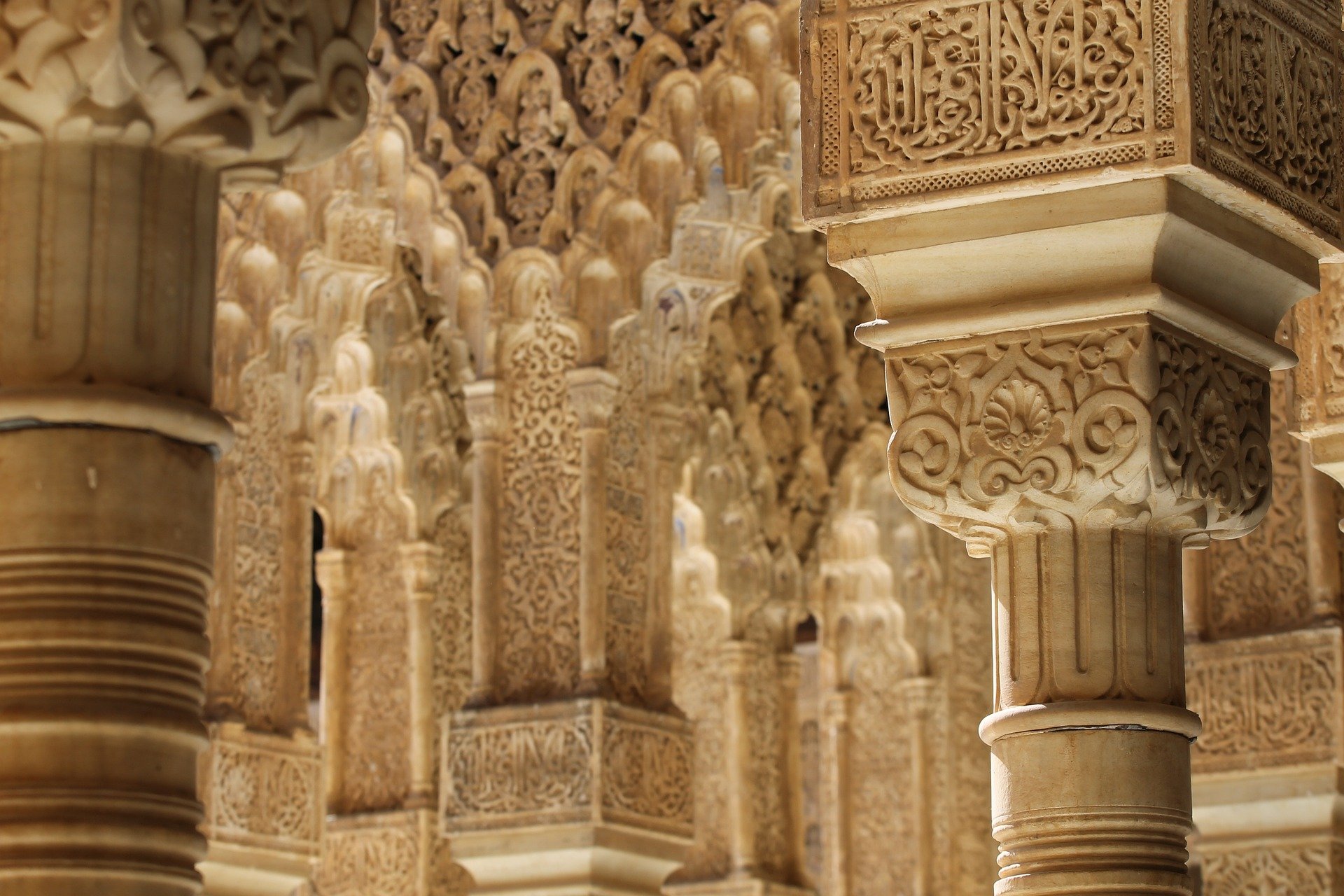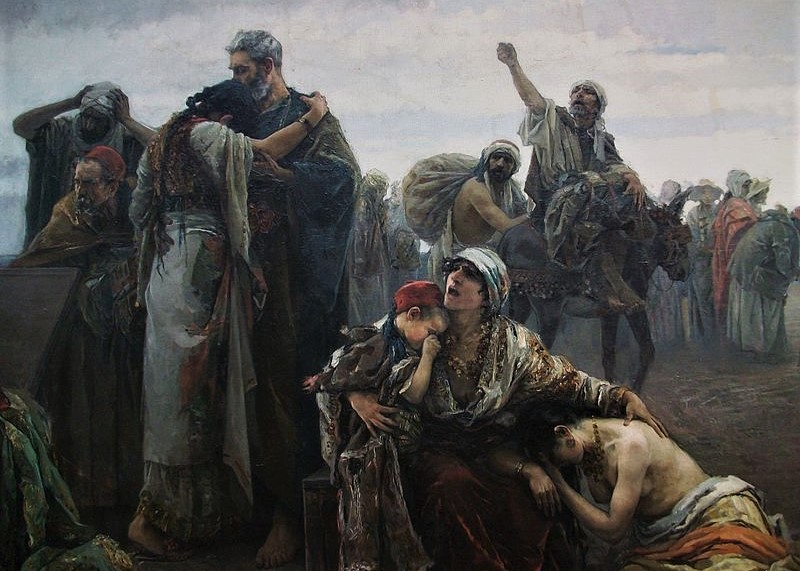To put things into perspective man has to know about the past. From the Romans to the present day, Spain has played an important role in the progression of the Western World. InSpain.news gives a resume of the history of Spain based on several (scientific) sources. This is part 8. Read parts 1 here, 2 here, 3 here, 4 here, 5 here, 6 here and 7 here.
Inquisition
Initially, some Spanish kingdoms permitted Muslims living in the reconquered territories a certain degree of freedom. They could practice their own religion, preserve their possessions, and sometimes had the right to speak their own language. The Spanish rulers wanted to maintain the specific know-how of this population. Therefore, despite pressure from the Catholic Church, there was not a massive departure of Muslims.
These Islamic inhabitants known as Mudejar, provided an important contribution to, in particular, architecture (e.g in the city Teruel) and literature during the 13th to the 15th centuries. The atmosphere changed when Ferdinand II and Isabella founded the Inquisition in 1478. With this, the Reyes Catolicos intended to promote Spanish religious and national unity as well as punish and suppress the Moors and the Jews.
Brain drain – Jews and Moors expelled
The conquest of Granada, elevated by the Reyes Catolicos to a crusade against Islam, ended the peaceful coexistence of the three great religions. First, they expelled the Jews, requiring them to leave the country within four months. After that period, they were declared fugitive. By order of Cardinal the Cisternos, Muslims needed to convert to Christianity in 1499. They burned all Islamic manuscripts.
Following the Jews, many Muslims fled the country. Within ten years, Spain lost most of its knowledgeable scientists, doctors, lawyers, financers and expertise in agriculture and irrigation.
Mezquita and Alhambra partly saved from fundamentalist rage
Spaniards refer to this period as the “Reconquista”, the heroic struggle to reconquer the peninsula from the pagan Moors. Catholic fundamentalists like the Reyes Catolicos, and Inquisition greats such as Cardinal Cisternos, extensively banned all Islamic influences. Mosques and other Islamic buildings were demolished and served as a foundation for Catholic churches and other structures.
As the demolition of the great mosque of Cordoba proceeded, the bishop of Cordoba seized the property and forbade further demolition. What remains is the current Mesquita, an impressive Moorish structure. Inside the building is the Catholic cathedral. Similarly, Charles V prevented the destruction of the Moorish architecture of the Alhambra in Granada. He placed his round palace in the middle of the Moorish buildings.
Moriscos
The Muslims who, converted or not, remained in Spain were called Moriscos. They ran their businesses and were quite prosperous. Nevertheless, Moriscos were generally seen as second-rate citizens, and rights related to their identity were limited. Following the introduction of further restrictive laws in 1568, a rebellion confirmed the prevailing prejudice that Moriscos were ‘false Christians’ who could not be trusted. The rebellion formed part of a secret plan to increase Islam’s influence. The revolt, known as ‘The War of the Alpujarras’, ended in favour of the Spanish over a year later. Felipe III (1598-1621) oversaw the expulsion, between 1608 and 1611, of all Moriscos (estimated 800,000) from Spain.

Felipe III
Moorish influence on European development
This brings an end to eight centuries of Moorish presence on the Iberian peninsula. When the Moors occupied the Iberian peninsula, Europe was in the dark Middle Ages, the period of decay after the disintegration of the Roman Empire. The then superior Arab-Islamic culture gave the Arabian part of the Iberian peninsula (Al-Andalus) an important boost in culture and science.
Major innovations in the field of medical science, philosophy, literature, art and architecture reached Europe through Al Andalus. The rulers founded universities, visited by eager to learn students and professors from all over Europe. Through connection to the Moors trade network, Al Andalus was in contact with all parts of the Islamic world and their trade partners, such as China.
As we have seen, and the evidence is still around us, the Moors had a major influence on the development of Christian Western Europe. Islamic Spain, laid the foundations for the European Renaissance.



